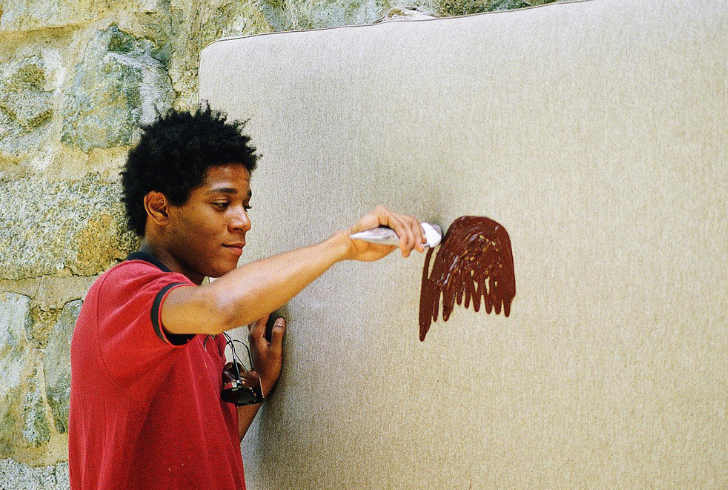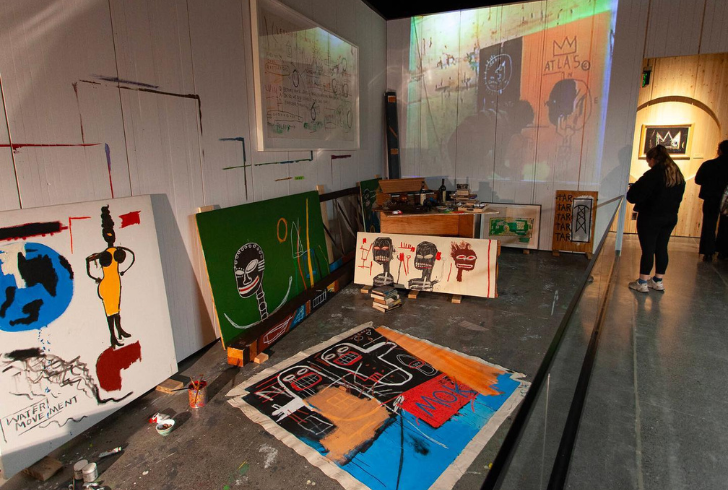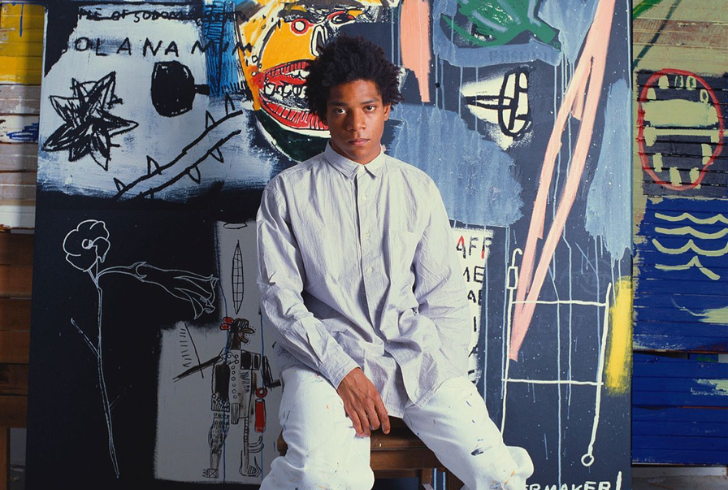Jean-Michel Basquiat stands tall among the titans of the art world, with a legacy that continues to resonate today. Known primarily for his captivating paintings, Basquiat’s multifaceted talents extended to music, graffiti, and poetry. Born in Brooklyn in 1960 to a Haitian father and a Puerto Rican mother, he was a linguistic prodigy, fluent in English, French, and Spanish by the age of 11.
His journey was one marked by challenges, influences, and an undying passion for art that would shape him into a cultural icon. So, what was Jean-Michel Basquiat best known for, and why does his influence continue to reverberate through contemporary art and culture?
The Early Life and Influences of Basquiat

Growing up in Brooklyn, Basquiat’s childhood was a blend of linguistic prowess and exposure to the art world. His mother introduced him to New York’s museums, igniting his love for art from a tender age. Yet, his formative years were far from easy. Family struggles, including his father’s strict parenting style and his mother’s mental health challenges, deeply impacted him and left an indelible mark on his art.
In 1968, a pivotal year in his life, Basquiat faced a life-altering accident when he was hit by a car. During his recovery, his mother gave him Gray’s Anatomy, which sparked his fascination with anatomy and medicine. This fascination manifested in recurring motifs in his art, such as skulls and feet, and even inspired the name of his experimental band, Gray.
The Rise of Basquiat
Basquiat’s artistic journey took off in 1977 when he co-created the character SAMO with his friend Al Diaz. Short for ‘Same Old Sh*t,’ SAMO’s graffiti adorned the streets of downtown New York, offering sarcastic commentary on various societal issues. As gentrification transformed the East Village, SAMO’s messages resonated with many, reflecting the changing landscape of the city.
Despite dropping out of school and facing the challenges of street life, Basquiat’s talent shone brightly. His unique style caught the eye of none other than Andy Warhol, leading to a mentorship and a lasting friendship. Basquiat’s work evolved into a form of neo-expressionism, characterized by its raw emotion, simplicity, and hidden meanings.
Basquiat’s Artistic Style and Influences

Basquiat’s art is a vibrant tapestry of emotions, references, and social commentary. His paintings, often characterized by their primitive look, are rich in symbolism and vibrant colors. While human figures, especially prominent black figures like musicians and athletes, feature prominently in his work, Basquiat’s messages go beyond mere representation.
His art is a reflection of his personal experiences, ancestry, and sharp political insights. Themes of history, consumerism, classism, and racism are woven intricately into his works, often conveyed through subtle motifs like the recurring crown symbol.
The Meteoric Rise and Tragic End of a Legend
As Basquiat’s talent gained recognition, so did his persona. He appeared in TV shows, films, and became the subject of articles and exhibitions. His first major recognition came with The Times Square Show in 1980, followed by his inclusion in group exhibitions and features in prominent galleries.
However, tragedy struck in 1988 when Basquiat’s life was cut short by a heroin overdose, adding him to the infamous ’27 club.’ Despite his untimely death, Basquiat’s influence continued to grow posthumously.
In 2010, a film titled “The Radiant Child” paid homage to him, bringing his story to a wider audience. Musicians, artists, and fashion brands continue to draw inspiration from his work, ensuring that Basquiat’s legacy remains alive and thriving.
Basquiat’s Enduring Legacy

What was Jean-Michel Basquiat best known for? His enduring legacy lies not just in his art but in his fearless creativity, sharp intellect, and unwavering commitment to his craft. His works continue to spark conversations, challenge perceptions, and inspire artists across generations.
His unique blend of personal experiences, cultural insights, and artistic genius set him apart in the art world. Today, Basquiat’s art serves as a powerful reminder of the importance of authenticity, self-expression, and the ability of art to transcend boundaries.
In a world that often seeks to categorize and label, Basquiat’s work defies easy classification. It invites viewers to engage, reflect, and connect on a deeper level, making him a true icon of contemporary art and culture.




